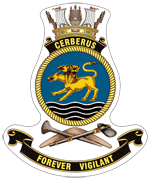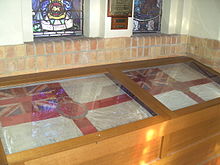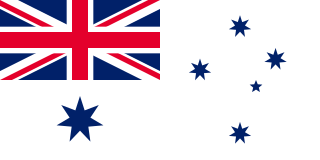
The Royal Australian Navy (RAN) is the naval branch of the Australian Defence Force (ADF). The professional head of the RAN is Chief of Navy (CN) Vice Admiral Mark Hammond. The Chief of Navy is also jointly responsible to the Minister for Defence (MINDEF) and the Chief of the Defence Force (CDF). The Department of Defence, which is a part of the Australian Public Service, administers the ADF, and ergo, the Royal Australian Navy. In 2023, the Surface Fleet Review was introduced to outline the future of the Navy.

The Australian Defence Force (ADF) is the military organisation responsible for the defence of the Commonwealth of Australia and its national interests. It consists of three branches: the Royal Australian Navy (RAN), Australian Army and the Royal Australian Air Force (RAAF). The ADF has a strength of just over 89,000 personnel and is supported by the Department of Defence alongside other civilian entities.

HMAS Creswell is a training facility of the Royal Australian Navy (RAN) that includes the Royal Australian Naval College (RANC) as well as the School of Survivability and Ship's Safety, Beecroft Weapons Range, and an administrative support department. The facility is located between Jervis Bay Village and Greenpatch, on the shores of Jervis Bay in the Jervis Bay Territory. The RANC has been the initial officer training establishment of the Royal Australian Navy since 1915.

HMAS Albatross is the main naval air station for the Royal Australian Navy's (RAN) aviation branch, the Fleet Air Arm. The base, located near Nowra, New South Wales, was formally established in May 1942 as Royal Australian Air Force (RAAF) base RAAF Nowra, then was transferred to the Royal Navy as HMS Nabbington in 1944, and operated as a naval air station until it was decommissioned in late 1945. In 1948, the airfield was commissioned into the RAN as HMAS Albatross, as the primary shore base for the Fleet Air Arm. Since 2011, five squadrons of the Fleet Air Arm operate from Albatross. The current commander of the base is Captain Robyn Phillips, RAN.

HMAS Penguin is a Royal Australian Navy (RAN) base located at Balmoral on the lower north shore of Sydney Harbour in the suburb of Mosman, New South Wales. Penguin is one of the RAN's primary training establishments, with a responsibility for providing trained specialists for all areas of the navy. The current commander of Penguin is Commander Kent Browning, RAN.

Fleet Base East is a Royal Australian Navy (RAN) major fleet base that comprises several naval establishments and facilities clustered around Sydney Harbour, centred on HMAS Kuttabul. Fleet Base East extends beyond the borders of Kuttabul and includes the commercially-operated dockyard at Garden Island, and adjacent wharf facilities at nearby Woolloomooloo, east of the Sydney central business district in New South Wales, Australia. Fleet Base East is one of two major facilities of the RAN, the other facility being Fleet Base West. The fleet operates in the Pacific Ocean.

The Women's Royal Australian Naval Service (WRANS) was the women's branch of the Royal Australian Navy (RAN). In 1941, fourteen members of the civilian Women's Emergency Signalling Corps (WESC) were recruited for wireless telegraphy work at the Royal Australian Navy Wireless/Transmitting Station Canberra, as part of a trial to free up men for service aboard ships. Although the RAN and the Australian government were initially reluctant to support the idea, the demand for seagoing personnel imposed by the Pacific War saw the WRANS formally established as a women's auxiliary service in 1942. The surge in recruitment led to the development of an internal officer corps. Over the course of World War II, over 3,000 women served in the WRANS.
Shoal Bay Receiving Station is a signals intelligence-gathering facility in the Northern Territory of Australia located on the shores of Shoal Bay about 19 kilometres (12 mi) north-east of the Darwin CBD. The site is managed by the Australian Signals Directorate (ASD).
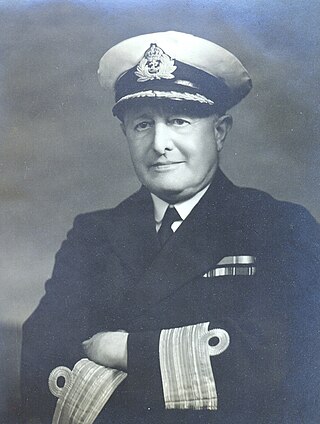
William James Carr was an Australian naval officer and physician, who served as the Royal Australian Navy's Director of Naval Medical Services from 1932 to 1946.
HMAS Huon is a former Royal Australian Navy (RAN) base located in Hobart, Tasmania, Australia, in operation from 1911 to 1994.
Vice Admiral Matthew John Tripovich, is a retired senior officer of the Royal Australian Navy. He served as Chief Capability Development Group from 2007 until his retirement in October 2010.
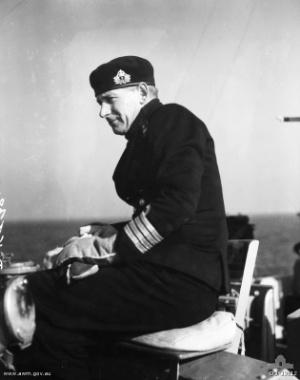
Rear Admiral Otto Humphrey Becher, & Bar was a senior officer in the Royal Australian Navy (RAN). Born in Harvey, Western Australia, Becher entered the Royal Australian Naval College in 1922. After graduating in 1926, he was posted to a series of staff and training positions prior to specialising in gunnery.
Vice Admiral Sir Guido James Willis, was an officer in the Royal Australian Navy (RAN) who rose to the rank of vice admiral. He joined the RAN in 1937, saw active service during World War II and the Korean War, and was Chief of Naval Staff (CNS) from 1979 to 1982 before retiring.
HMAS Leeuwin is a former Royal Australian Navy (RAN) shore establishment,[note a] located in Fremantle, Western Australia. In use between 1940 and 1984, the base reopened in 1986 under the control of the Australian Army as Leeuwin Barracks.
HMAS Cerberus is the name given to a number of Royal Australian Navy ships and shore establishments, after the mythological Cerberus.

Commander Mark Raymond Tandy, is an officer of the Royal Australian Navy (RAN). He joined the RAN as a radio operator in 1982 and rose through the ranks to become Warrant Officer of the Navy in 2008. He relinquished the post in 2012 and was subsequently commissioned as an officer.

Vice Admiral Sir William Clarkson, is regarded as the co-founder of the Royal Australian Navy (RAN), in which he served as a senior commander.
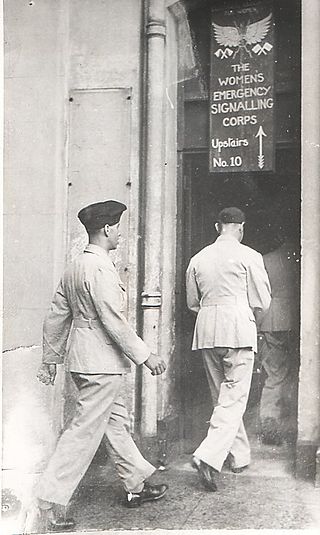
The Women's Emergency Signalling Corps (WESC) was founded by Florence Violet McKenzie in 1939 as a volunteer organisation in Sydney. As World War II loomed, McKenzie saw that with her qualifications and teaching skills she could make a valuable contribution. She foresaw a military demand for people with skills in wireless communications. As she told The Australian Women's Weekly in 1978: "When Neville Chamberlain came back from Munich and said 'Peace in our time' [sic], I began preparing for war."
Two ships of the Royal Australian Navy (RAN) have been named HMAS Flinders, after Matthew Flinders.

Vice Admiral Mark David Hammond is a senior officer in the Royal Australian Navy (RAN), serving as the Chief of Navy since July 2022. He joined the RAN as an electronics technician in 1986 and, after being accepted for officer training, graduated from the Australian Defence Force Academy in 1990. Much of Hammond's career has been spent in the Submarine Service. He has served on operations in the Indo-Pacific, commanded the Collins-class submarineHMAS Farncomb, was Deputy Chief of Navy from 2018 to 2020, and served as Commander Australian Fleet from November 2020 to June 2022. He succeeded Vice Admiral Michael Noonan as Chief of Navy on 6 July 2022.
